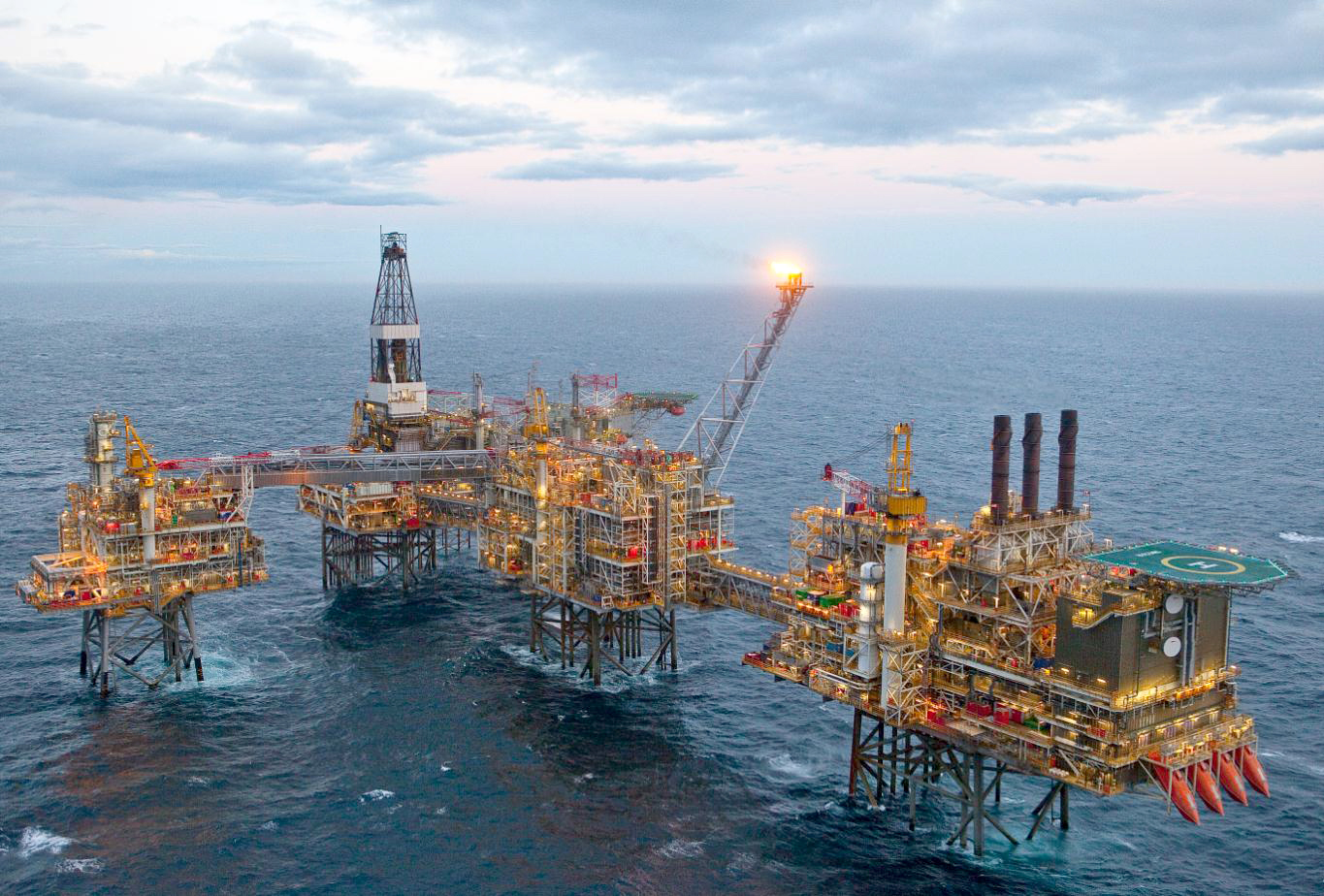Iran is planning to raise production from five oilfields it shares with western neighbor Iraq in the current Iranian year that ends on March 20, 2017, the chief executive of Petroleum Engineering and Development Company said.
"The rise in production capacity from North Azadegan, South Azadegan, Yadavaran and North Yaran, all joint fields with Iraq, will take place by the end of the year," Abdolreza Haji-Hosseinnejad was also quoted as saying by Mehr News Agency. Iran is also expected to start extraction from Azar Oilfield that has long been in development.
"We are slightly behind schedule (in Azar project), but production will start at 30,000 barrels per day from the field by September," he said.
According to reports, $800 million have been allocated from the National Development Fund of Iran to develop the field.
Azar Oilfield, located in Anaran Block, holds an estimated 2.5 billion barrels of oil in place and is expected to produce up to 65,000 barrels per day once fully developed.
Iran is recovering from years of western sanctions that clamped down on its economy and limited its trade with the world.
Currently, the third-largest producer of the Organization of Petroleum Exporting Countries, Iran is clawing back market share it conceded to rival producers during the sanctions, including from Saudi Arabia which is the group's largest exporter by a wide margin.
Haji-Hosseinnejad also said the 75,000-bpd output target for North Azadegan has been met and production from South Azadegan is planned to increase by 60,000 bpd to reach a total of 110,000 barrels.
South Azadegan is touted as one of the most sought after oil projects in Iran. French oil and gas company Total is vying for the field's drilling rights while INPEX, Japan's largest upstream oil and gas company, is purportedly interested in the project.
North Yadavaran field is expected to get a 30,000-bpd bump in output and Yadavaran's production capacity is planned to reach 75,000-80,000 barrels a day.
The Iranian government has prioritized the development of joint oilfields with Iraq. The Arab neighbor has shored up crude production from around 2.5 million barrels a day in 2011 to more than 4 million bpd, displacing sanction-hit Iran as the second-largest producer of the organization.


